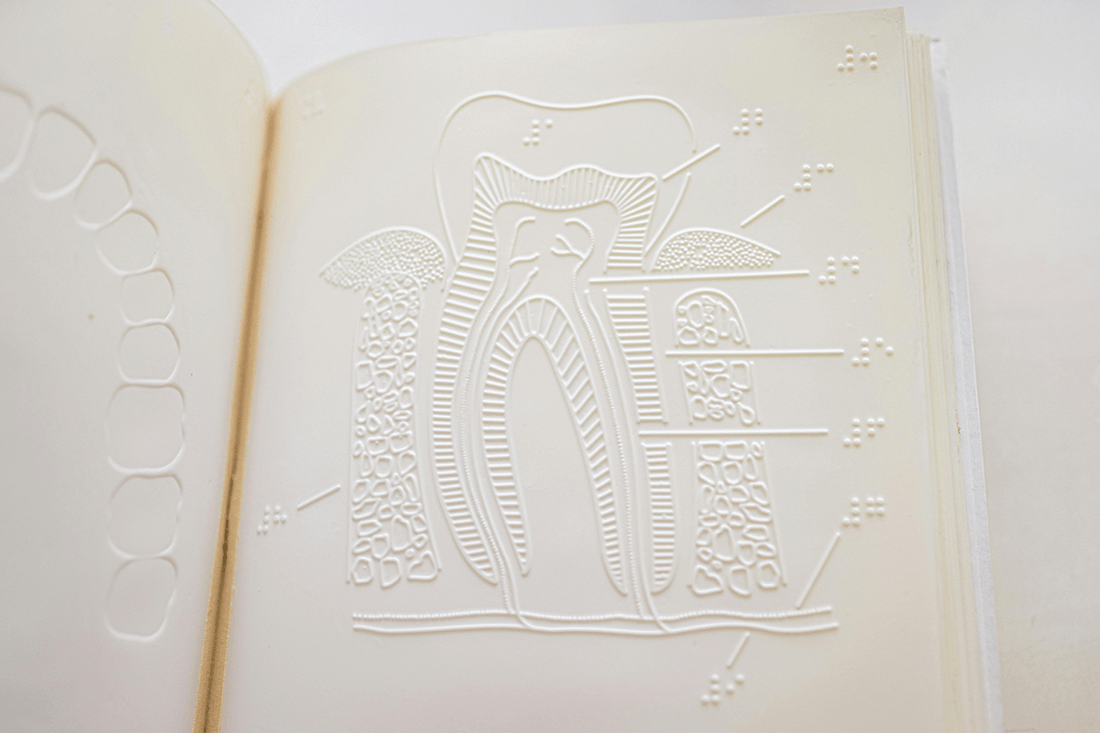
Elevating Print through Texture and Tradition with Embossing
Share
Reading Time: 4 minutes
In the world of printing, where each tactile experience adds a layer of depth to the visual feast, embossing has long stood as an artful technique that transcends the flatness of traditional prints. The history of embossing in printing is a fascinating journey that intertwines craftsmanship, innovation, and a quest for sensory engagement.
The roots of embossing can be traced back to ancient civilizations where intricate patterns were pressed into clay tablets, creating relief designs. However, it was in the 19th century that embossing found its way into the realm of printing, becoming a sought-after technique for adding a touch of luxury to paper.
During the Victorian era, embossing gained popularity as a means of embellishing calling cards, stationery, and book covers. The process involved using metal dies to create raised patterns or images on the paper, giving a three-dimensional effect that captivated the beholder. Embossed prints became a symbol of sophistication and attention to detail, often adorning formal invitations and premium packaging.
As technology advanced, so did the techniques of embossing. Letterpress embossing machines emerged, allowing for more intricate and precise designs. The 20th century saw a surge in the use of embossing for branding and marketing materials, adding a tactile element that made a lasting impression on consumers.
In recent decades, embossing has evolved alongside digital printing technologies, allowing for greater flexibility and customization. Modern embossing techniques can be seamlessly integrated into the printing process, offering designers and printers unparalleled creative freedom. From business cards to book covers, embossing continues to be a timeless choice for those looking to make a statement with their printed materials.
The allure of embossing lies not only in its aesthetic appeal but also in the emotional response it evokes. The tactile nature of embossed prints invites touch, engaging the senses and creating a lasting connection between the audience and the printed piece.
The history of embossing in printing is a tale of craftsmanship meeting innovation, resulting in a technique that has stood the test of time. From its humble beginnings as a decorative touch on Victorian stationery to its modern applications in branding and design, embossing continues to elevate the art of printing, adding a tangible and unforgettable dimension to the printed page.
